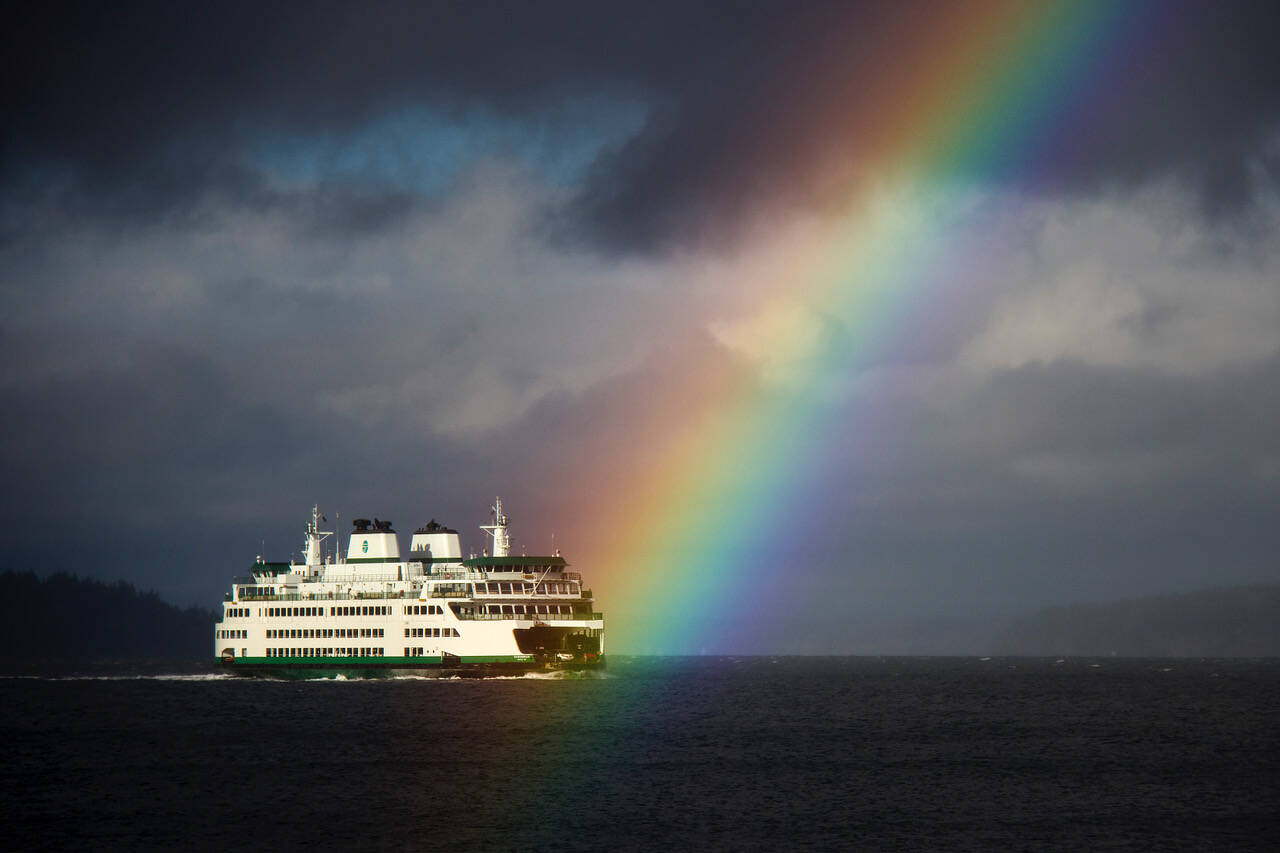Ferry ridership numbers may be approaching pre-pandemic numbers, but the same cannot be said for staffing levels.
In 2021, Washington State Ferries had nearly 17.3 million riders, which is approximately 72% of the total number of riders it had in 2019.
Mukilteo-Clinton, the route that ranks as third busiest in the ferry system, had almost 3.5 million riders last year. The Port Townsend-Coupeville route had just 652,238 riders.
Even though it was a year rife with canceled sailings, both routes connecting to Whidbey Island experienced increases in ridership from the previous year. For Mukilteo-Clinton, total riders rose by 14%, while vehicles increased by 11%, making it the busiest route for drivers. For Port Townsend-Coupeville, total riders jumped by 22%, while vehicles climbed by 14%.
Yet the growing demand will likely be hindered by low levels of staffing within the ferry system as the pandemic continues into its third year.
Workers are currently being hit hard by omicron, the COVID-19 variant. Ian Sterling, a spokesperson for the ferry system, said last Thursday that there were 53 confirmed COVID cases among staff. On Jan. 11, there was a total of 312 requests from workers calling in for relief, the bulk of which were COVID-related, such as people needing to care for an ill family member.
“We haven’t seen this yet in the pandemic,” Sterling said. “This has gone beyond anything else we’ve seen, anywhere else in the pandemic.”
When asked this week, Sterling said he didn’t think things had changed substantially from the previous week.
“Our fortunes are tied to the pandemic,” he said. “When the pandemic comes to an end, we expect things will rebound quickly. If it drags on, we expect it will continue to affect riders and employees.”
The Mukilteo-Clinton route, which has been dealing with major slashes in service, had its highest number of riders from July 1 to Sept. 30 in 2021, with over 1 million during that timeframe.
David Hoogerwerf, a representative for the Clinton Ferry Advisory Committee and the Ferry Advisory Committee Executive Council, said he waited as long as three hours in 2021 for a ferry to arrive.
Many people, he said, have given up hope that the route will get any better in 2022.
He criticized the decision of the ferry system to focus on reliability by committing itself to a one-boat schedule as the norm for the Mukilteo-Clinton route, with supplemental service added when the workers can be spared.
“When they have one boat, it’s very reliable that you’re going to be in the two-hour line,” he quipped.
And driving around? Forget about it.
“I don’t think that’s an option for most people,” the Clinton resident said. “Is that really an alternative, a two and a half hour trip?”
Besides a paucity of staff, the ferry system reports that a recent wave of retirements is to blame for the current worker shortage.
Hoogerwerf said that is something that has been talked about, and well known, for the past three to five years.
“That’s not a new revelation,” he said.
He acknowledged that while there are some crew positions that require more training than others, he has been disappointed in the rate that the ferry system has been hiring.
“What bothers a lot of people is that there’s no plan to make it better,” he said.



